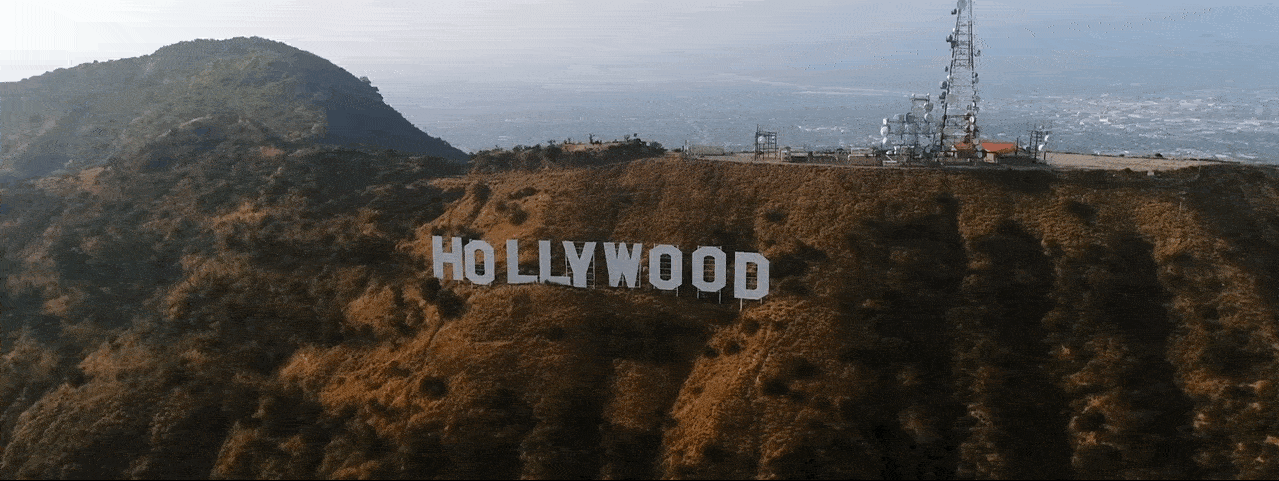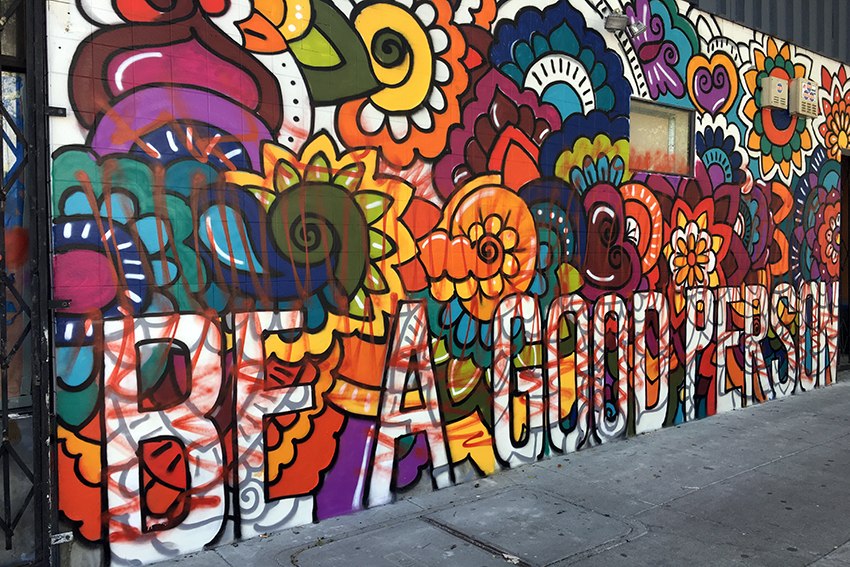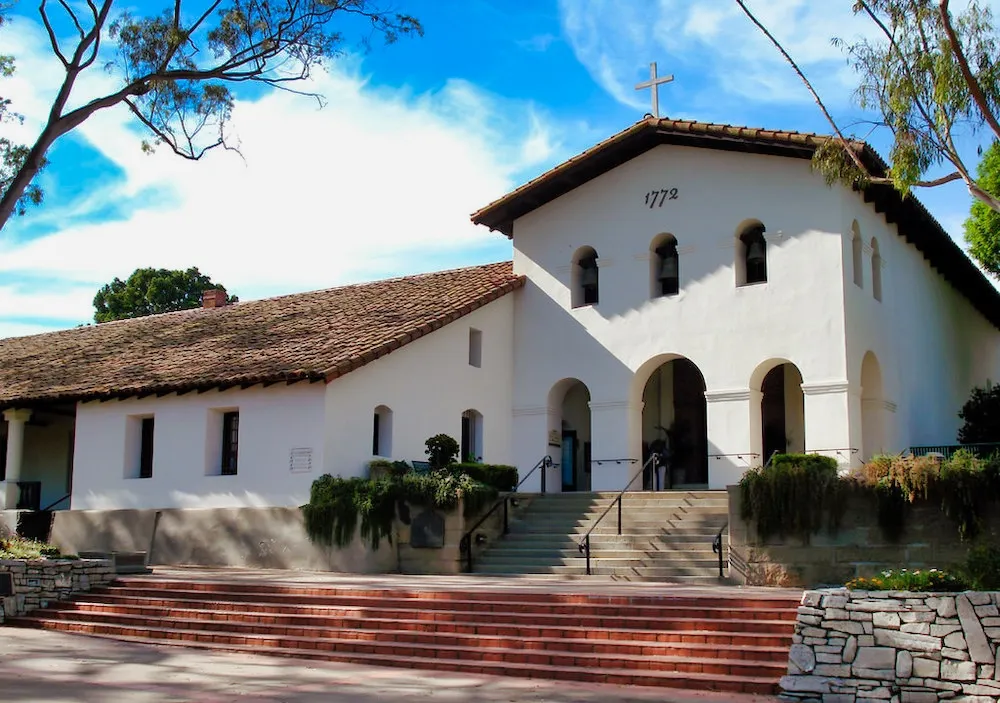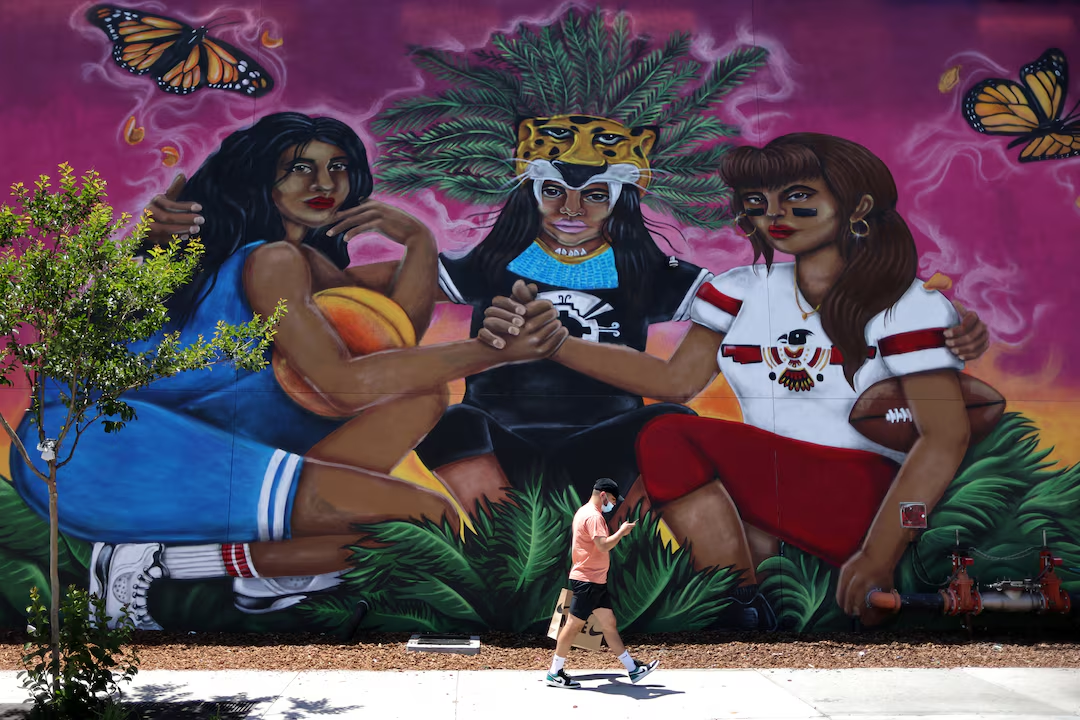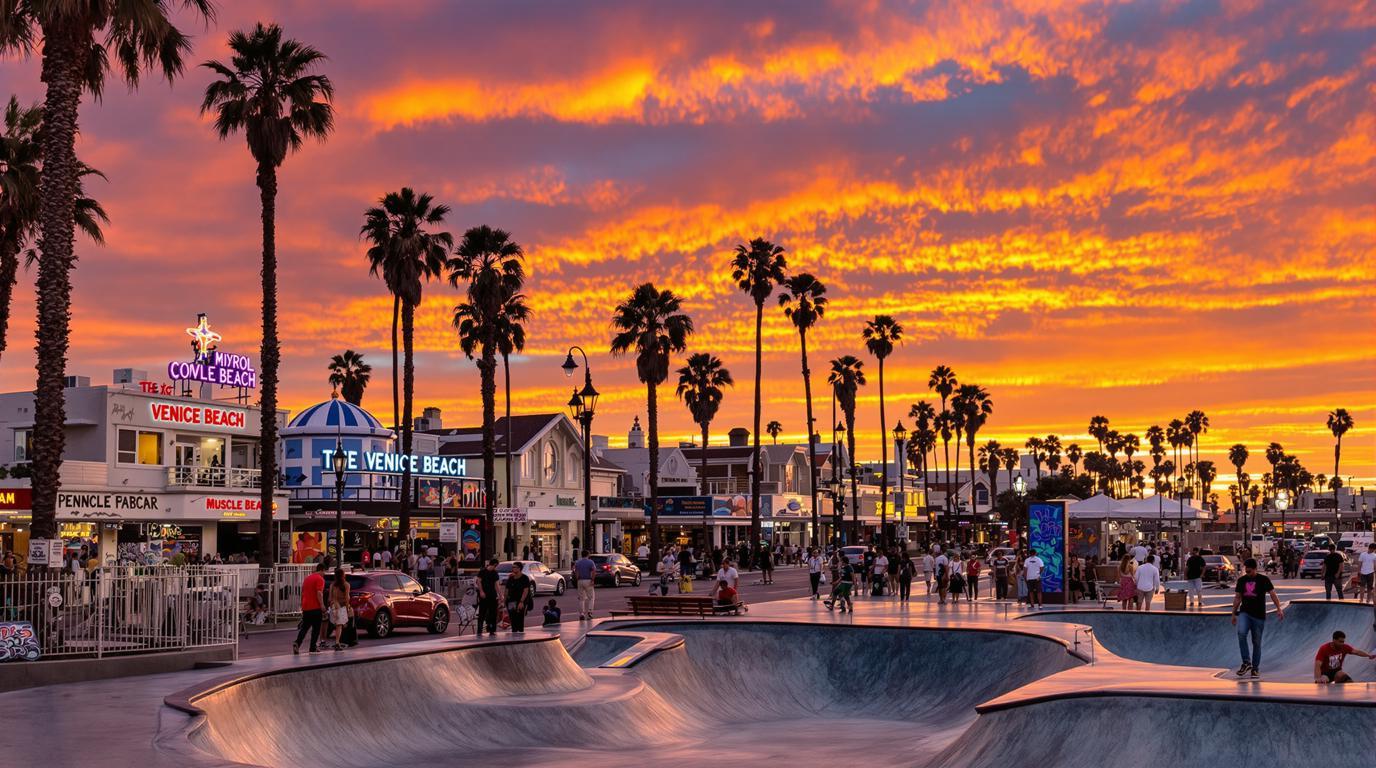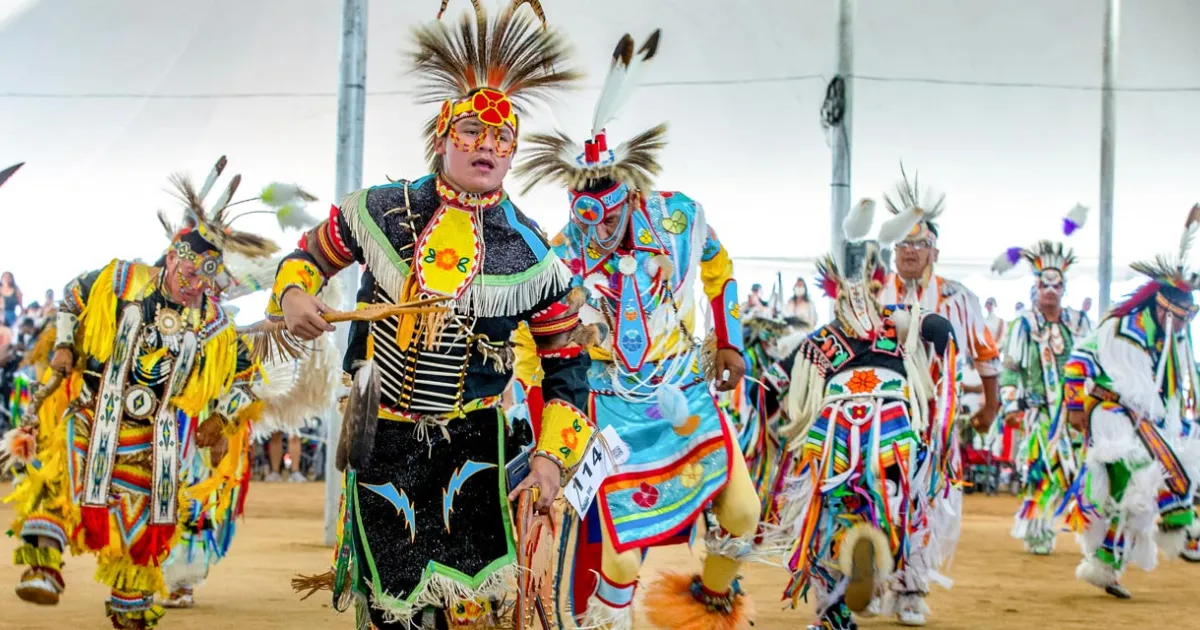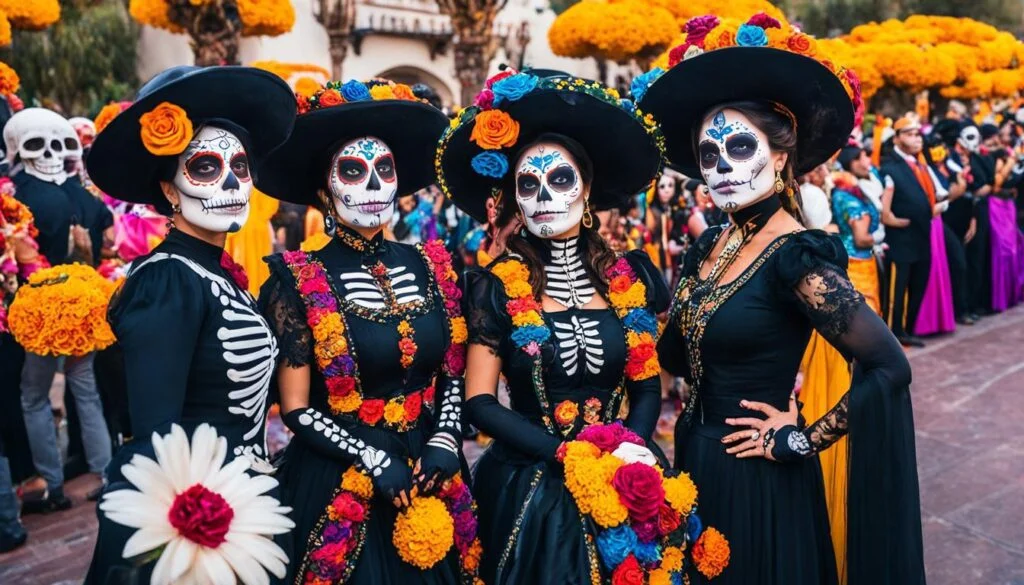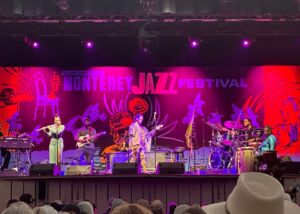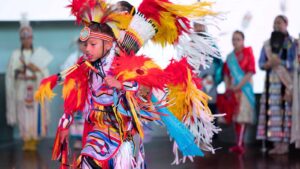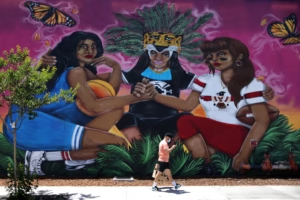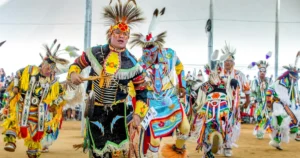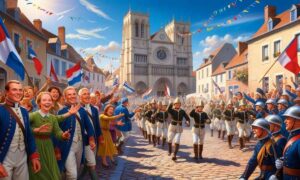The Murals of San Francisco’s Mission District: Where Art Speaks. Walking through San Francisco’s Mission District is like stepping into a living gallery — one without velvet ropes, ticket booths, or museum silence. Instead, the air pulses with the rhythm of Latin music drifting from bodegas, the aroma of street tacos sizzling on corner grills, and the unmistakable color of murals stretching across walls, garages, fences, alleyways, and schools. These murals are not mere decorations; they are bold declarations — of history, protest, identity, and pride. In a city known for its tech startups and gentrification struggles, the Mission District stands out as a cultural heartbeat where visual storytelling speaks louder than any press release. And in 2025, these murals are more than relevant — they are essential voices in an ongoing conversation about justice, belonging, and transformation in California’s most iconic city.
Where It All Began
The Mission District’s mural movement dates back to the late 1960s and early 1970s, during the height of civil rights struggles, the rise of the Chicano movement, and a time when San Francisco itself was a hotbed of activism. Murals began as a form of cultural resistance — a way for Latinx artists and community members to reclaim public space, to rewrite dominant narratives, and to infuse the streets with stories of survival and resilience. Today, that same spirit thrives, evolving with each generation of artists who continue to leave their mark. When you stroll through this neighborhood, particularly through Balmy Alley, Clarion Alley, and surrounding streets, you’ll find a visual map of collective memory — art that’s rooted in local experience yet speaks to global struggles.
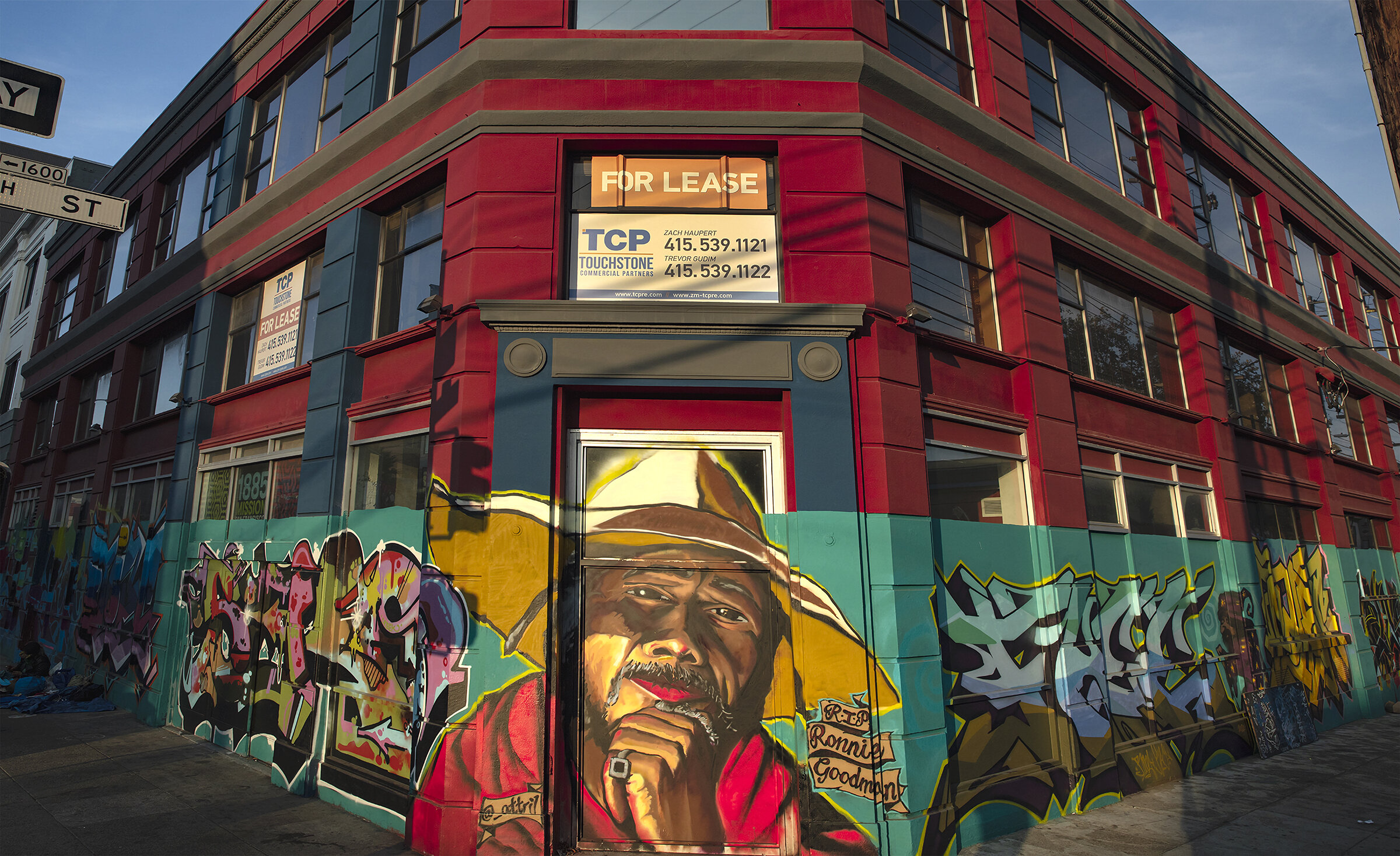
Balmy Alley, in particular, is an open-air museum of resistance. Located between 24th Street and 25th Street, this narrow passage is lined with dozens of murals, many of which have been repainted and reimagined over the decades. Some of the earliest works focused on Central American solidarity — depicting scenes of civil war, displacement, and refugee survival from El Salvador, Nicaragua, and Guatemala. These were not distant stories; they were lived experiences of people who had made their way to the Mission, escaping violence and rebuilding their lives. Today, Balmy Alley’s walls continue to highlight themes of migration, Indigenous rights, gentrification, police brutality, climate justice, and LGBTQ+ pride. Each mural commands your attention — not with gimmicks, but with raw emotion, symbolism, and artistic defiance.
What makes these murals truly powerful is their accessibility. You don’t need an art degree to understand them. They are created for the people, by the people — painted by local artists, activists, youth groups, and collectives like the Precita Eyes Muralists, who have led the charge in protecting and expanding mural culture in the Mission since 1977. Precita Eyes isn’t just an arts organization — it’s a cultural institution that offers walking tours, youth education programs, artist mentorship, and international collaborations. Their headquarters on 24th Street is a colorful, welcoming space that embodies their belief that public art can foster dialogue, community empowerment, and social healing. And in a time when many public art initiatives have been commodified or sanitized, Precita Eyes and its affiliated artists continue to keep the Mission’s murals grounded, rebellious, and deeply human.
The Murals Message
The murals of the Mission District serve as time capsules. They document not only artistic trends but political shifts and community challenges. For example, in the 1980s and 90s, many murals addressed the HIV/AIDS crisis, honoring the lives lost and promoting education in a neighborhood disproportionately affected by the epidemic. Later, during the height of anti-immigration rhetoric in the 2000s, murals became rallying cries for sanctuary, depicting families separated by ICE raids, the strength of undocumented workers, and the spirit of DACA recipients fighting for their place in American society. More recently, the resurgence of Black Lives Matter, the COVID-19 pandemic, and the rent crisis have all found their way onto the walls. Through paint and texture, the Mission District has become a community archive — one you can walk through with your eyes wide open and your heart fully engaged.
But the Mission District’s murals aren’t only political. They are also celebratory, deeply spiritual, and full of joy. Some depict Aztec gods and Indigenous deities, honoring ancient traditions that predate colonization. Others celebrate Latin American icons — Frida Kahlo, César Chávez, Dolores Huerta — reminding us of the cultural giants whose legacies continue to inspire. Then there are murals that focus on family, motherhood, neighborhood elders, and youth — intimate portraits that highlight everyday heroes and the quiet power of community life. These works are a vibrant counter-narrative to the mainstream portrayal of marginalized communities, and they function as love letters to a neighborhood that has long fought to retain its soul amid waves of development and gentrification.
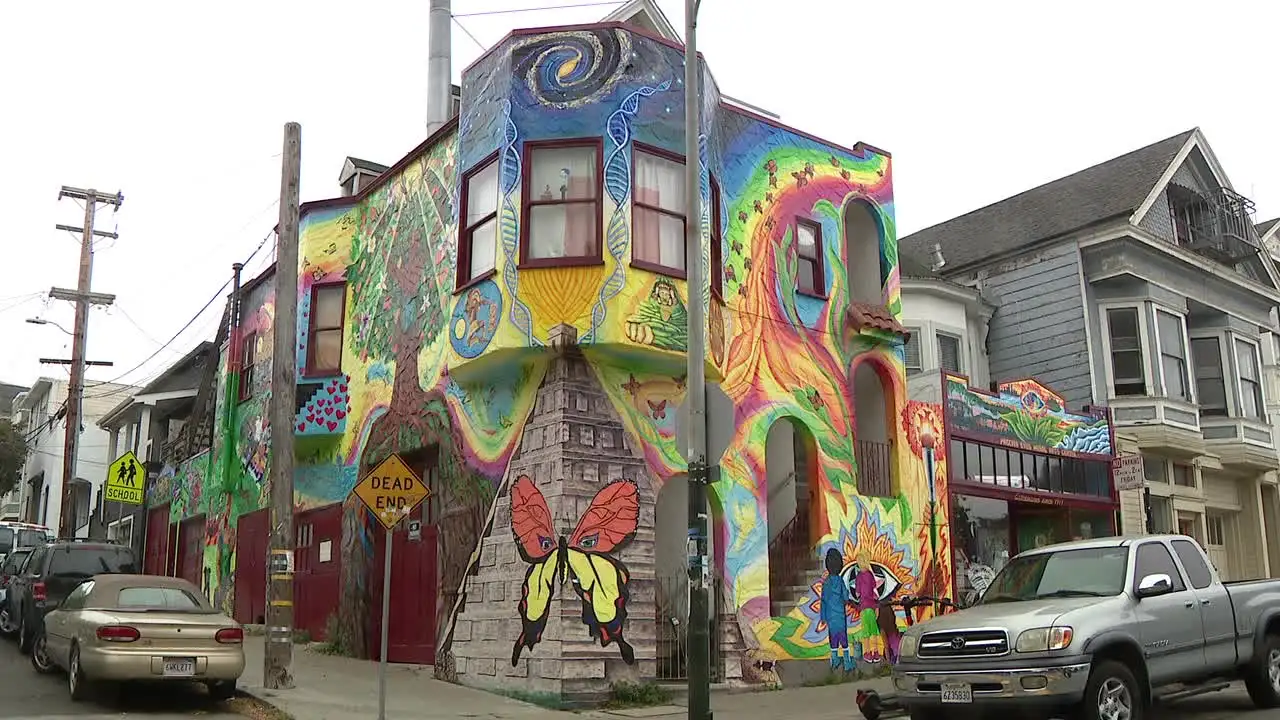
Speaking of gentrification, it would be impossible to talk about the Mission’s murals without acknowledging the tension between cultural preservation and urban transformation. Over the past two decades, rising rents and real estate speculation have displaced countless residents and artists from the neighborhood. Luxury condos have replaced local markets, and tech shuttles line the streets once filled with lowriders and bikes. Yet despite this, the murals remain — often serving as the final voice of resistance on a block that has otherwise been scrubbed clean. They remind newcomers that this place has a history, that its culture isn’t ornamental but lived. In this sense, the murals act not only as art but as guardians of memory — pushing back against erasure and asserting the community’s right to exist.
California’s Journey
For visitors in 2025, the Mission District offers more than Instagrammable backdrops. It offers a crash course in California’s ongoing struggle to define itself — not just through technology or tourism, but through justice, art, and belonging. The best way to explore is on foot. Start near 24th Street BART station and wander eastward. Take your time. Look closely. Read the plaques. Listen to local tour guides, many of whom have grown up in the area and carry the oral histories behind each piece. You’ll soon realize that these murals are not static — they change, fade, get painted over, and come back stronger. They reflect not only what the neighborhood has been, but what it’s becoming.
In a time when public space is increasingly privatized, the murals of San Francisco’s Mission District offer a model for what inclusive, community-driven art can look like. They democratize creativity, challenge power, and create beauty in unexpected places. More than anything, they speak — sometimes in shouts, sometimes in whispers — but always with truth. And if you take the time to listen, you’ll walk away with more than just admiration. You’ll walk away transformed.

